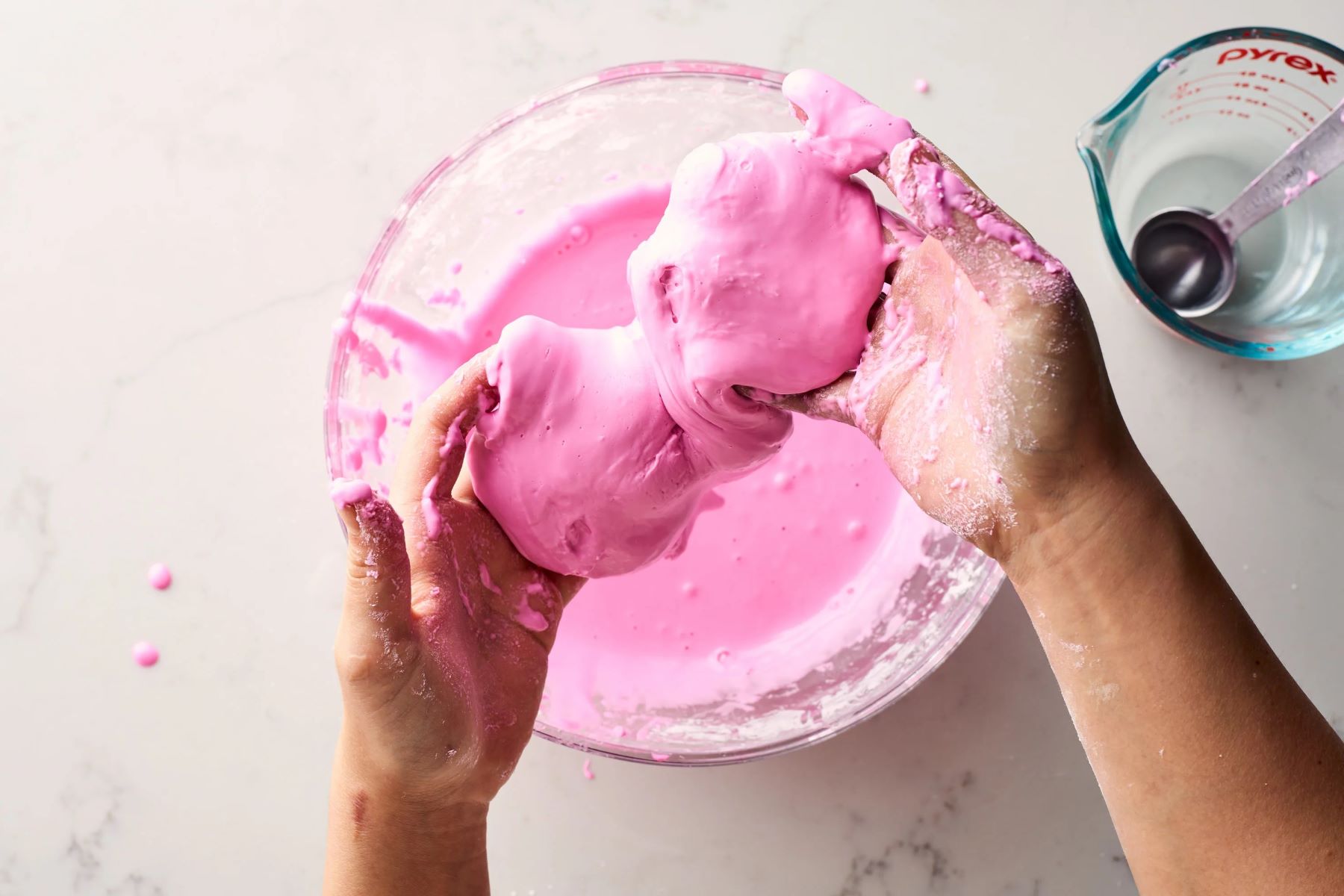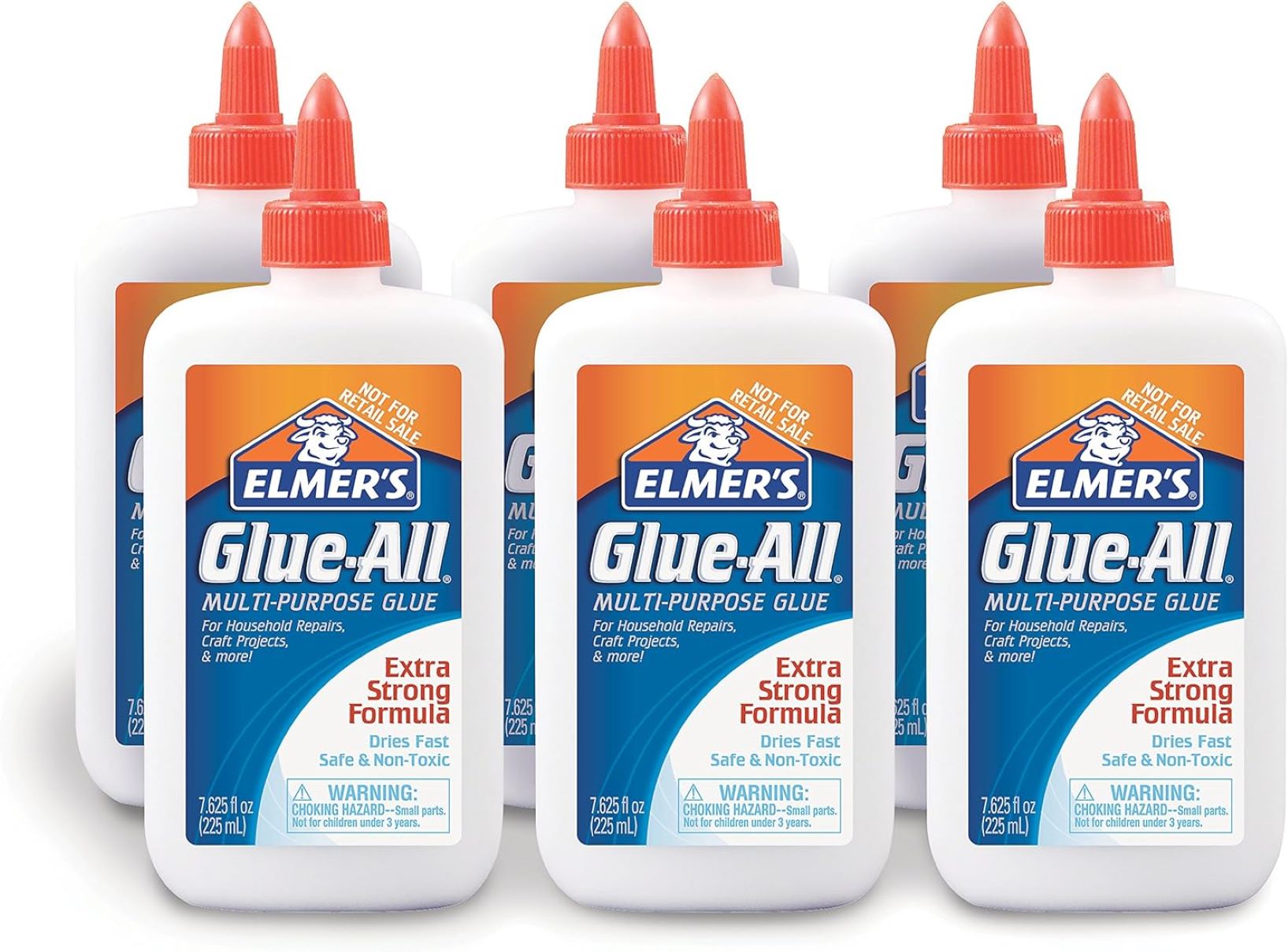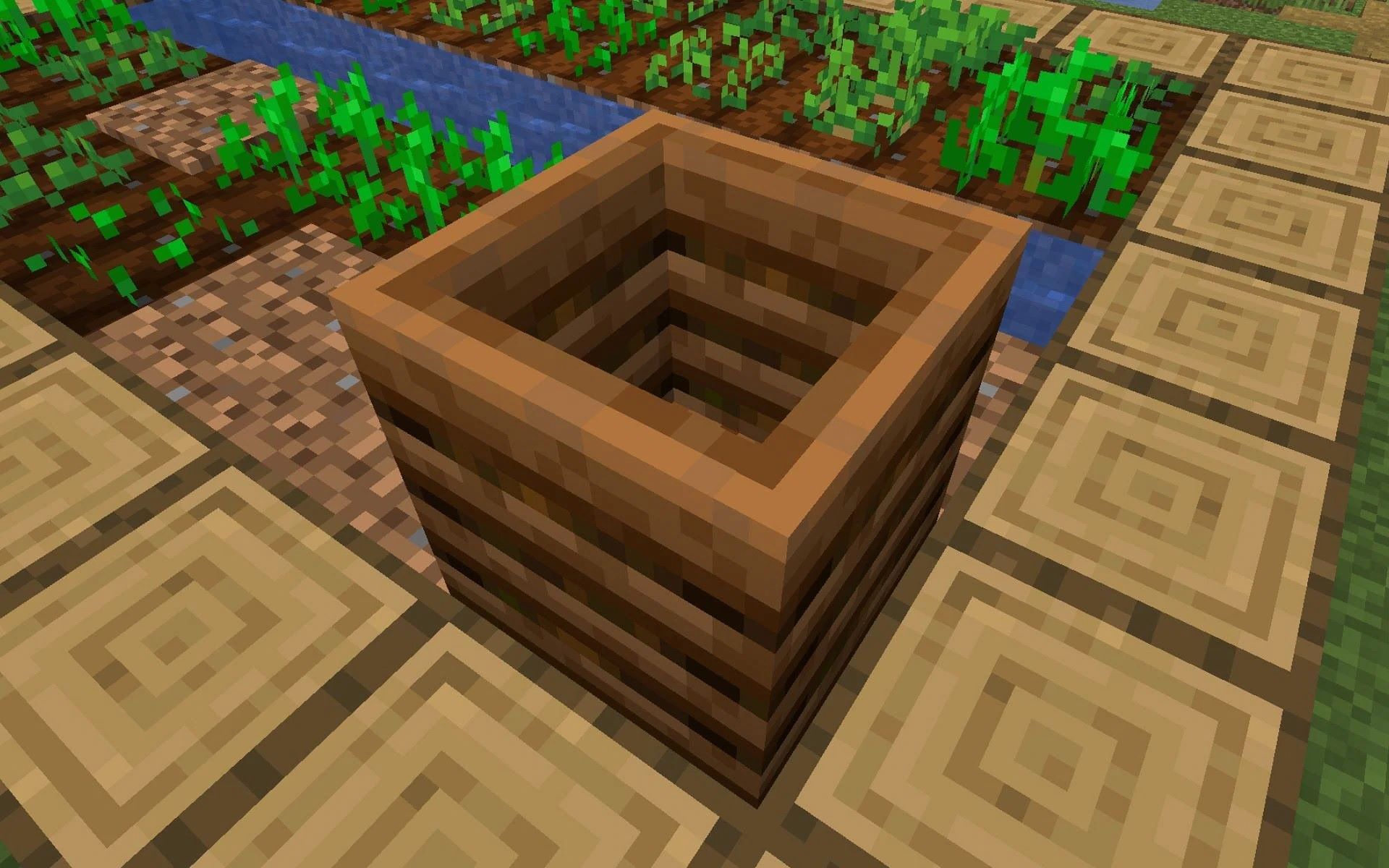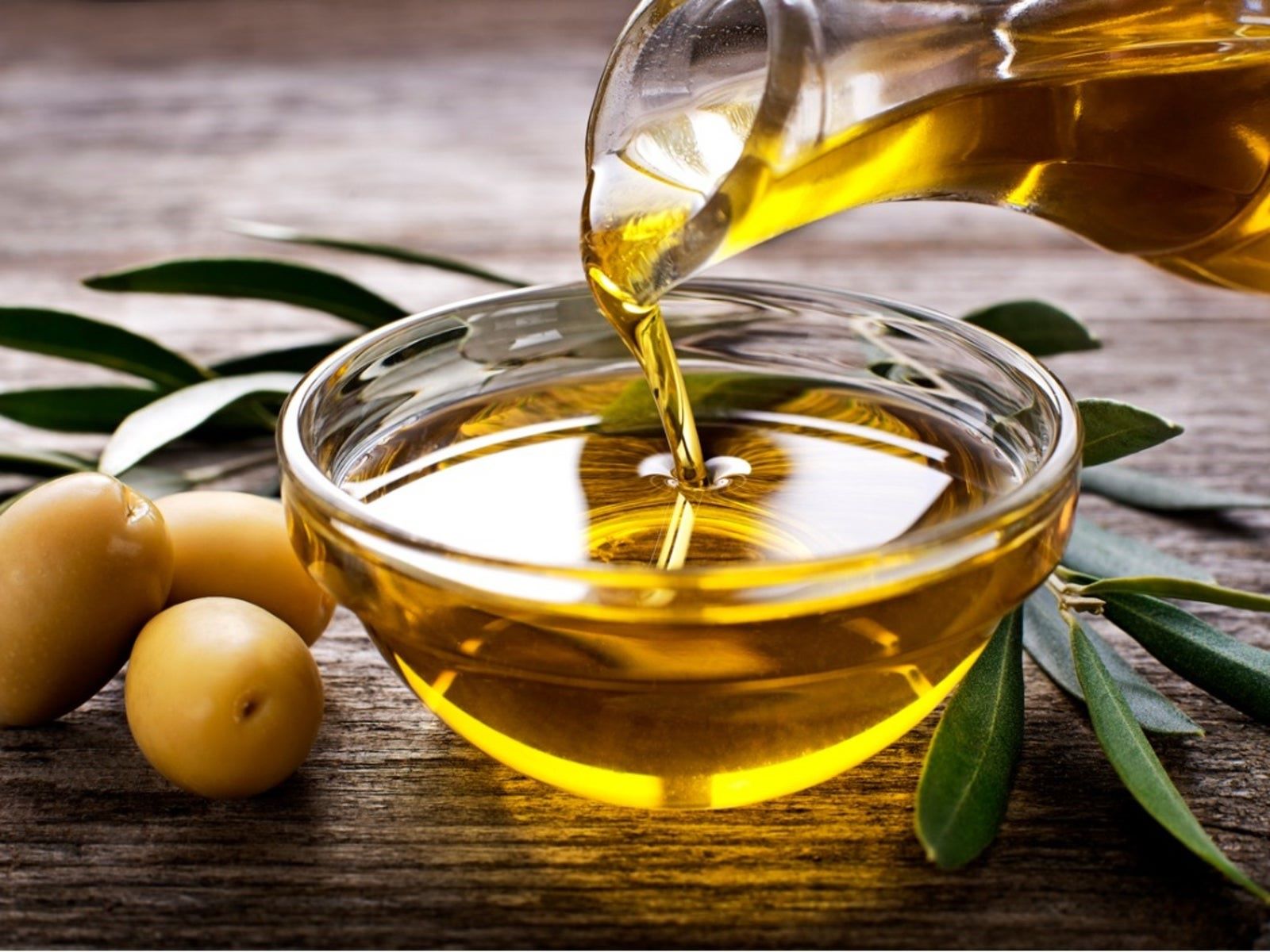

Science
How To Make Slime Without Glue Or Borax
Modified: March 13, 2024
Learn the science behind making slime without glue or borax with our easy step-by-step guide. Discover the fascinating chemical reactions involved in this fun DIY project.
(Many of the links in this article redirect to a specific reviewed product. Your purchase of these products through affiliate links helps to generate commission for Regretless.com, at no extra cost. Learn more)
Table of Contents
Introduction
Slime has become a popular and fascinating plaything for kids and adults alike. Its stretchy, squishy texture and vibrant colors make it an irresistible sensory experience. While traditional slime recipes call for glue and borax, there are alternative methods to create this gooey delight without these ingredients. Whether you're looking for a glue-free and borax-free option due to safety concerns or simply because these items are not readily available, you'll be delighted to know that there are several ways to make slime using common household items.
In this article, we will explore three different methods for making slime without the use of glue or borax. Each method offers a unique approach, utilizing ingredients such as cornstarch, dish soap, shampoo, salt, baking soda, and contact lens solution. These simple yet effective recipes provide a safe and enjoyable way to create slime, offering a fun and educational activity for children and a creative outlet for adults.
By following the step-by-step instructions provided in this article, you can unleash your creativity and experiment with different textures and consistencies to customize your slime-making experience. Whether you prefer a stretchy and moldable slime or a fluffy and cloud-like concoction, these methods offer versatility and room for personalization. Additionally, the absence of glue and borax in these recipes ensures peace of mind for parents and guardians, making slime-making a worry-free and enjoyable activity for the whole family.
So, if you're ready to embark on a slime-making adventure without the need for glue or borax, let's dive into the exciting world of alternative slime recipes. Get ready to unleash your inner scientist and artist as we explore the fascinating chemistry and creativity behind making slime without traditional ingredients. Let's dive into the wonderful world of slime-making without limits!
Ingredients for Slime Without Glue or Borax
When it comes to creating slime without glue or borax, you'll be amazed at the variety of household items that can be used to achieve the desired gooey consistency. These alternative ingredients offer a safe and accessible way to make slime, allowing you to explore different textures and properties without the need for traditional components. Here are the key ingredients for making slime without glue or borax:
1. Cornstarch
Cornstarch serves as a versatile base for creating slime. Its fine texture and ability to thicken liquids make it an ideal ingredient for achieving the desired stretchy and moldable consistency. When combined with other household items, cornstarch becomes a key component in several glue-free and borax-free slime recipes.
2. Dish Soap
Dish soap, known for its grease-cutting properties, can also be used to make slime without the need for glue or borax. Its unique composition allows it to interact with other ingredients to create a slimy and malleable substance that is both safe and enjoyable to play with.
3. Shampoo
Shampoo, typically used for cleansing hair, can surprise you with its potential to create slime. When combined with other simple ingredients, shampoo can contribute to the formation of a delightful and squishy slime without the use of glue or borax.
Read more: How To Make A Ring
4. Salt
Ordinary table salt can play a crucial role in slime-making without glue or borax. Its granular nature and ability to interact with other substances make it a valuable ingredient for achieving the desired texture and consistency in homemade slime.
5. Baking Soda
Baking soda, a common household item, offers a myriad of uses, including its application in slime-making. When combined with other accessible ingredients, baking soda can contribute to the creation of a satisfyingly stretchy and moldable slime without the need for glue or borax.
6. Contact Lens Solution
Contact lens solution, typically used for cleaning and disinfecting contact lenses, contains key ingredients that can facilitate the formation of slime without the use of glue or borax. Its unique composition makes it a valuable addition to alternative slime recipes.
By harnessing the potential of these everyday items, you can embark on a slime-making journey that is not only safe and accessible but also incredibly fun and rewarding. With these ingredients at your disposal, you can explore the exciting world of slime-making without limits, unleashing your creativity and scientific curiosity along the way. Now, let's delve into the step-by-step methods for creating slime without glue or borax using these versatile ingredients.
Method 1: Making Slime with Cornstarch and Dish Soap
Creating slime with cornstarch and dish soap offers a simple and effective method that yields a delightfully gooey and moldable substance without the need for glue or borax. This recipe provides a safe and enjoyable way to engage in sensory play, making it an ideal activity for children and adults alike.
To begin, gather the following ingredients:
- Cornstarch
- Dish soap
- Food coloring (optional)
- Mixing bowl
- Spoon or spatula
Follow these step-by-step instructions to make slime using cornstarch and dish soap:
-
Start by pouring cornstarch into a mixing bowl. The amount of cornstarch used can vary based on personal preference, but a good starting point is approximately 1 cup.
-
Add a generous amount of dish soap to the cornstarch. The dish soap serves as the activator that interacts with the cornstarch to create the desired slime consistency. Begin by adding a small amount of dish soap and gradually increase as needed while stirring the mixture.
-
Use a spoon or spatula to mix the cornstarch and dish soap together. As you combine the two ingredients, you will notice the formation of a thick and gooey substance. Continue mixing until the slime reaches the desired consistency, adding more dish soap or cornstarch as necessary to achieve the perfect texture.
-
For those seeking a pop of color, consider adding a few drops of food coloring to the slime mixture. This optional step allows for customization, enabling you to create slime in vibrant hues that reflect your personal style and preferences.
-
Once the slime has reached the desired consistency and color, it is ready to be enjoyed! Engage in sensory play by stretching, squishing, and molding the slime to experience its unique tactile properties.
The cornstarch and dish soap slime offers a fascinating sensory experience, boasting a stretchy and moldable texture that provides hours of entertainment. This method showcases the versatility of everyday household items, demonstrating that simple ingredients can be transformed into a captivating and safe play material. Whether you're looking for a creative outlet, a hands-on science experiment, or a fun activity to share with loved ones, making slime with cornstarch and dish soap is a delightful and accessible option that opens the door to endless imaginative possibilities.
Read more: How To Make Gray
Method 2: Making Slime with Shampoo and Salt
Making slime with shampoo and salt offers an alternative and accessible method to create a delightful gooey substance without the use of traditional glue or borax. This simple yet effective recipe harnesses the unique properties of shampoo and salt to produce a satisfyingly stretchy and moldable slime, providing an engaging sensory experience for individuals of all ages.
To begin the slime-making process using shampoo and salt, gather the following ingredients and materials:
- Shampoo of your choice
- Table salt
- Mixing bowl
- Spoon or spatula
- Optional: Food coloring for customization
Follow these step-by-step instructions to create slime with shampoo and salt:
-
Start by pouring a generous amount of shampoo into a mixing bowl. The quantity of shampoo used can vary based on personal preference and desired slime consistency. A good starting point is approximately 1/2 cup of shampoo.
-
Add table salt to the shampoo in the mixing bowl. The salt serves as an essential ingredient that interacts with the shampoo to create the desired slime texture. Begin by adding a small amount of salt and gradually increase as needed while stirring the mixture.
-
Use a spoon or spatula to thoroughly mix the shampoo and salt together. As the two ingredients combine, you will notice the formation of a slimy and malleable substance. Continue mixing until the slime reaches the desired consistency, adjusting the amount of shampoo or salt as necessary to achieve the perfect texture.
-
For those seeking a personalized touch, consider adding a few drops of food coloring to the slime mixture. This optional step allows for customization, enabling you to create slime in vibrant colors that reflect your individual style and preferences.
-
Once the slime has reached the desired consistency and color, it is ready to be enjoyed! Engage in sensory play by stretching, squishing, and shaping the slime to explore its unique tactile properties.
The shampoo and salt slime recipe offers a captivating sensory experience, showcasing the versatility of everyday household items in creating a safe and enjoyable play material. This method provides an opportunity for creativity and exploration, allowing individuals to customize their slime while engaging in a hands-on science experiment. Whether used as a fun activity for children or as a creative outlet for adults, making slime with shampoo and salt opens the door to endless imaginative possibilities, demonstrating that simple ingredients can lead to fascinating and entertaining results.
Method 3: Making Slime with Baking Soda and Contact Lens Solution
Making slime with baking soda and contact lens solution offers an exciting and accessible method to create a delightful gooey substance without the use of traditional glue or borax. This simple yet effective recipe harnesses the unique properties of baking soda and contact lens solution to produce a satisfyingly stretchy and moldable slime, providing an engaging sensory experience for individuals of all ages.
To begin the slime-making process using baking soda and contact lens solution, gather the following ingredients and materials:
- Baking soda
- Contact lens solution containing boric acid and sodium borate
- Mixing bowl
- Spoon or spatula
- Optional: Food coloring for customization
Follow these step-by-step instructions to create slime with baking soda and contact lens solution:
-
Start by pouring baking soda into a mixing bowl. The quantity of baking soda used can vary based on personal preference and desired slime consistency. A good starting point is approximately 1/2 cup of baking soda.
-
Add a small amount of contact lens solution to the baking soda in the mixing bowl. The contact lens solution contains boric acid and sodium borate, which act as the activators that interact with the baking soda to create the desired slime texture. Gradually increase the amount of contact lens solution while stirring the mixture.
-
Use a spoon or spatula to thoroughly mix the baking soda and contact lens solution together. As the two ingredients combine, you will notice the formation of a slimy and malleable substance. Continue mixing until the slime reaches the desired consistency, adjusting the amount of baking soda or contact lens solution as necessary to achieve the perfect texture.
-
For those seeking a personalized touch, consider adding a few drops of food coloring to the slime mixture. This optional step allows for customization, enabling you to create slime in vibrant colors that reflect your individual style and preferences.
-
Once the slime has reached the desired consistency and color, it is ready to be enjoyed! Engage in sensory play by stretching, squishing, and shaping the slime to explore its unique tactile properties.
The baking soda and contact lens solution slime recipe offers a captivating sensory experience, showcasing the versatility of everyday household items in creating a safe and enjoyable play material. This method provides an opportunity for creativity and exploration, allowing individuals to customize their slime while engaging in a hands-on science experiment. Whether used as a fun activity for children or as a creative outlet for adults, making slime with baking soda and contact lens solution opens the door to endless imaginative possibilities, demonstrating that simple ingredients can lead to fascinating and entertaining results.
Tips for Making Slime Without Glue or Borax
Creating slime without the use of glue or borax opens up a world of possibilities for experimenting with different textures, colors, and consistencies. Whether you're a novice slime enthusiast or a seasoned slime-making pro, these tips will enhance your slime-making experience and ensure successful results:
-
Experiment with Ratios: When using alternative ingredients such as cornstarch, dish soap, shampoo, salt, baking soda, and contact lens solution, don't be afraid to experiment with the ratios. Adjusting the quantities of these ingredients can help you achieve the perfect slime consistency, whether you prefer a stretchy, moldable slime or a fluffy, cloud-like texture.
-
Add Food Coloring: Inject a burst of color into your slime by incorporating food coloring. This simple addition allows for personalization and creativity, enabling you to create vibrant and visually appealing slime in an array of hues. From neon greens to shimmering purples, the possibilities are endless.
-
Mixing Techniques: Pay attention to the mixing process. Depending on the recipe and ingredients used, the way you mix the components can impact the final texture of the slime. Experiment with stirring, kneading, and folding to achieve the desired consistency.
-
Texture Adjustments: If your slime turns out too sticky, add a small amount of cornstarch or baking soda to adjust the texture. Conversely, if the slime is too stiff, incorporate a bit more dish soap, shampoo, or contact lens solution to achieve the desired stretchiness.
-
Storage and Maintenance: Properly store your slime in an airtight container to maintain its freshness and prevent it from drying out. Keep in mind that homemade slime may have a shorter shelf life compared to store-bought varieties, so regular inspection and proper storage are essential.
-
Safety Precautions: While the ingredients used in alternative slime recipes are generally safe, it's important to supervise young children during the slime-making process and ensure that they do not ingest the slime. Additionally, individuals with sensitive skin should be cautious when handling certain ingredients.
-
Educational Opportunities: Engage in discussions about the science behind slime-making. Explore concepts such as viscosity, polymers, and chemical reactions, turning the slime-making process into an educational and interactive experience for children and adults alike.
By incorporating these tips into your slime-making endeavors, you can elevate the experience and unleash your creativity. Embrace the versatility of alternative slime ingredients and enjoy the process of customizing your slime to suit your preferences. Whether you're seeking a relaxing sensory activity or a hands-on science experiment, making slime without glue or borax offers a world of imaginative possibilities.
Conclusion
In conclusion, the world of slime-making without the use of traditional glue or borax offers a wealth of creative opportunities and sensory exploration. The alternative methods presented in this article demonstrate that everyday household items, such as cornstarch, dish soap, shampoo, salt, baking soda, and contact lens solution, can be transformed into captivating and safe play materials. By harnessing the unique properties of these ingredients, individuals of all ages can engage in a hands-on science experiment that fosters creativity, experimentation, and imaginative play.
The absence of glue and borax in these alternative slime recipes not only addresses safety concerns but also opens the door to a diverse range of textures and consistencies. From stretchy and moldable slimes to fluffy and cloud-like concoctions, the versatility of these methods allows for customization and personalization, catering to individual preferences and creative inclinations. Furthermore, the incorporation of food coloring provides an avenue for self-expression, enabling slime enthusiasts to craft vibrant and visually appealing creations.
The tips provided for making slime without glue or borax serve as valuable guidelines for novices and experienced slime-makers alike. By experimenting with ratios, mixing techniques, and texture adjustments, individuals can fine-tune their slime to achieve the desired properties. Additionally, the educational opportunities inherent in the slime-making process offer a gateway to exploring scientific concepts in a hands-on and engaging manner, making it an enriching activity for children and adults.
Ultimately, the allure of making slime without glue or borax lies in its accessibility, creativity, and potential for sensory delight. Whether used as a recreational activity, a tool for educational exploration, or a means of artistic expression, these alternative slime recipes provide a safe and enjoyable avenue for individuals to unleash their creativity and curiosity. By embracing the simplicity and versatility of household ingredients, the world of slime-making without limits becomes a captivating and rewarding endeavor, offering endless possibilities for imaginative play and scientific discovery.













